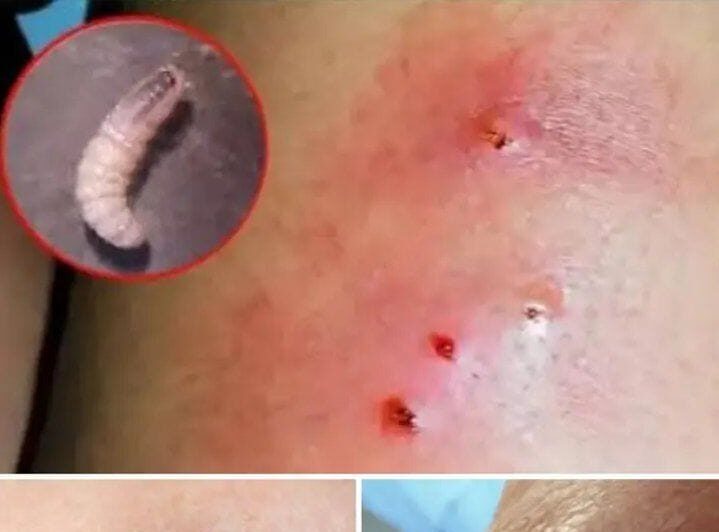Neurofibroma: Understanding Its Origins, Signs, and Treatment Options
A neurofibroma is a non-cancerous tumor that arises from the nerve sheath, composed mainly of Schwann cells, fibroblasts, and connective tissue. These tumors can develop anywhere throughout the body but are most commonly found on the skin’s surface or along deeper nerve pathways. Neurofibromas may present as a single isolated tumor or occur in multiples…
Key Characteristics:
-
Composition: Made of a mix of nerve cells, Schwann cells, fibroblasts, and collagen.
-
Growth: Typically slow-growing.
-
Location: Can develop on or under the skin (cutaneous) or deeper along nerves (plexiform).
-
Appearance: Skin neurofibromas may look like soft, flesh-colored or slightly darker nodules or bumps.
Types:
-
Cutaneous Neurofibroma
-
Soft, painless, skin nodules.
-
Common in adults with NF1.
-
-
Subcutaneous Neurofibroma
-
Deeper and firmer under the skin.
-
Can be tender or painful.
-
-
Plexiform Neurofibroma
-
Involves multiple nerve bundles.
-
Can become large and disfiguring.
-
Higher risk of becoming malignant (MPNST – malignant peripheral nerve sheath tumor).
-
Symptoms:
-
Usually asymptomatic.
-
Possible tingling, pain, or numbness if the tumor compresses a nerve.
-
Visible or palpable lump.
-
In NF1, multiple neurofibromas are common.
Associated Conditions:
-
Neurofibromatosis Type 1 (NF1):
-
Genetic disorder (autosomal dominant).
- Characterized by multiple neurofibromas, café-au-lait spots, Lisch nodules in the eyes, learning disabilities, and bone deformities.
-
Diagnosis:
-
Physical exam.
-
MRI/CT scan for internal tumors.
-
Biopsy to confirm the diagnosis if needed.
Treatment:
-
Observation if asymptomatic and not growing.
-
Surgical removal if:
-
Painful.
-
Rapidly growing.
-
Causing functional or cosmetic issues.
-
Suspected of malignant transformation.
-
When to Worry:
-
Rapid growth.
-
Pain.
-
Neurological symptoms.
-
These could suggest malignant transformation and should be evaluated promptly.






